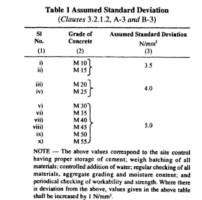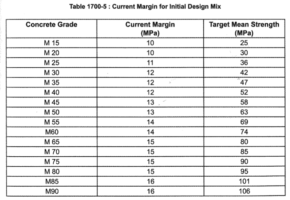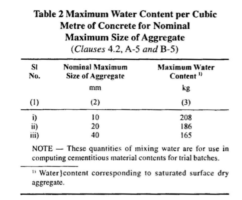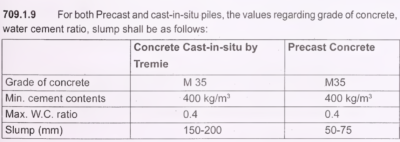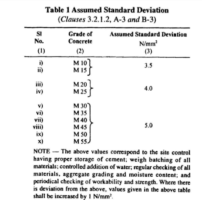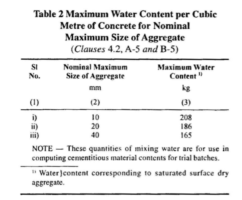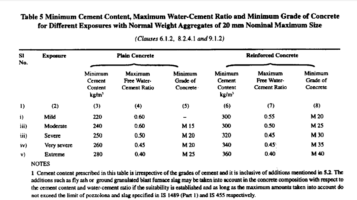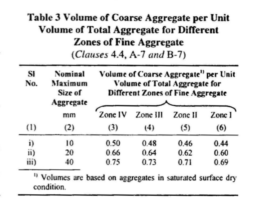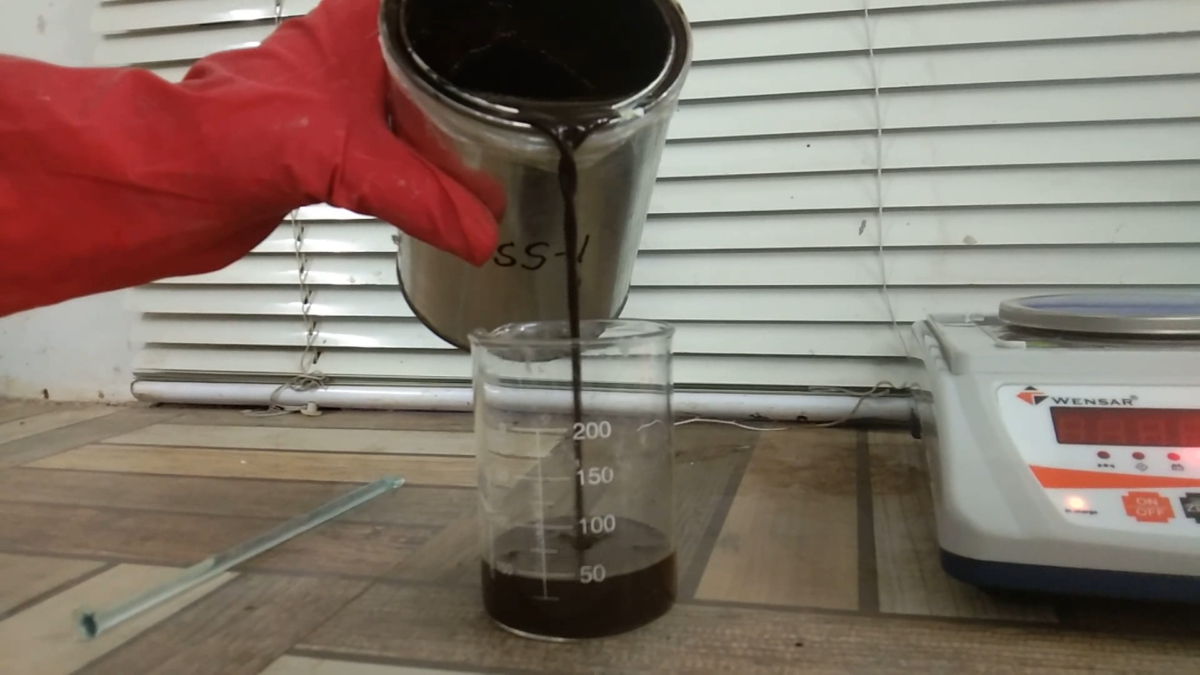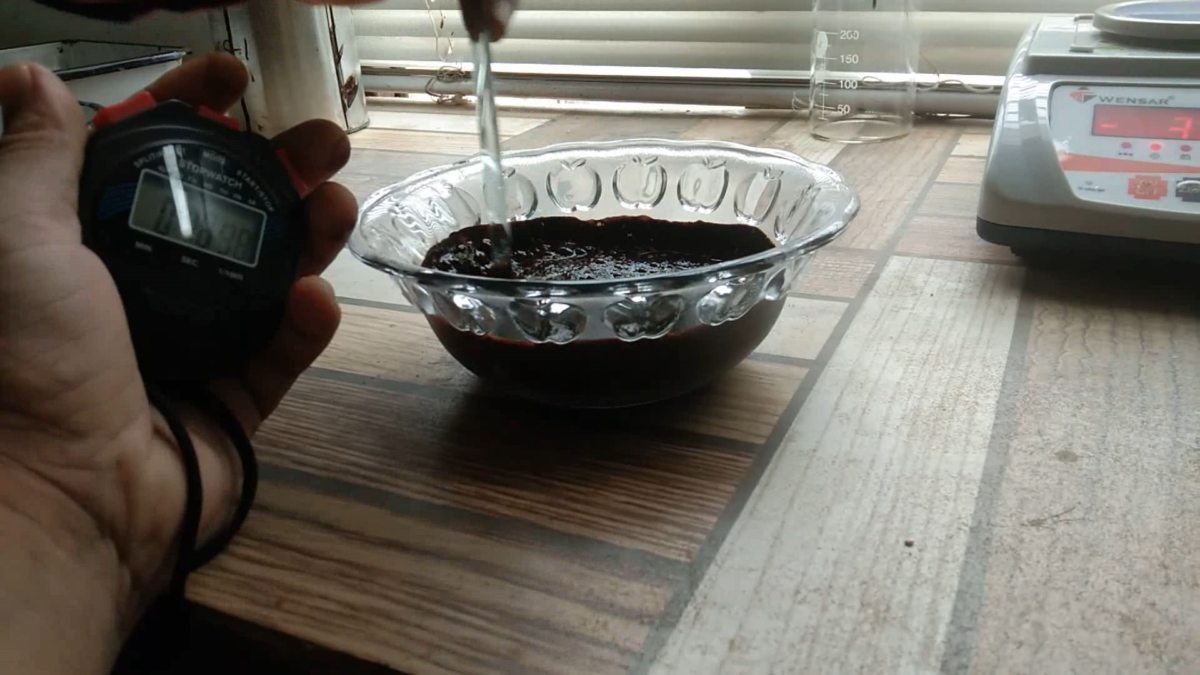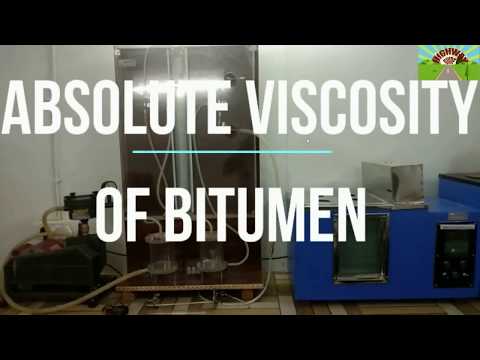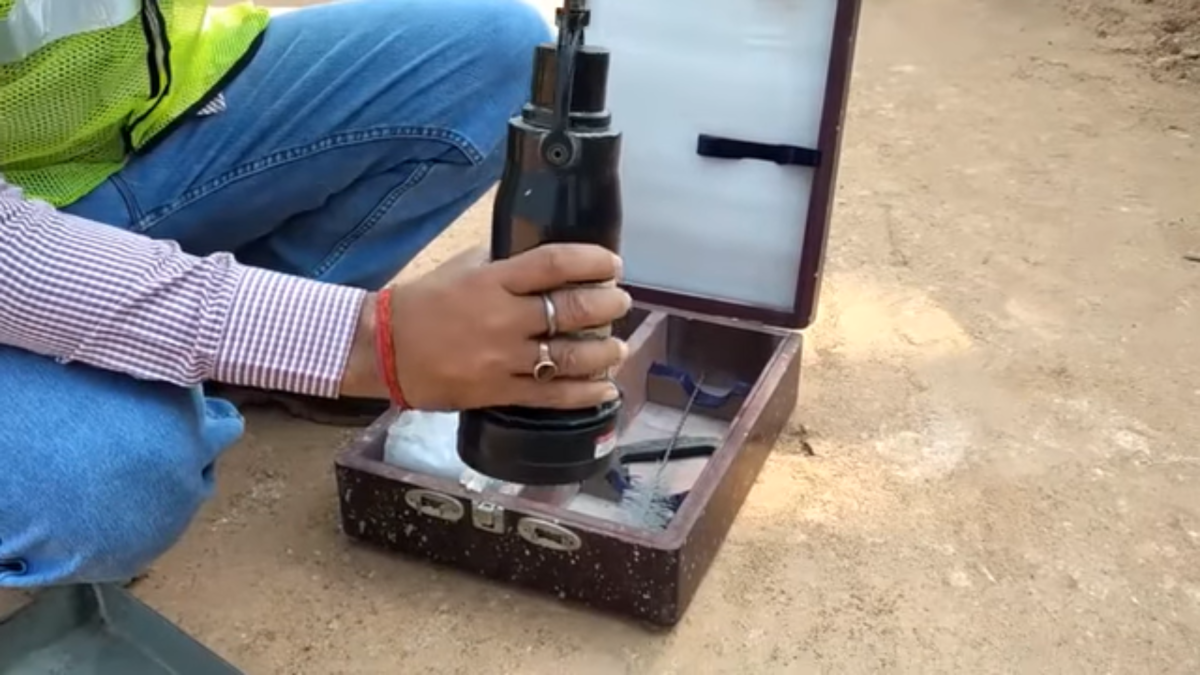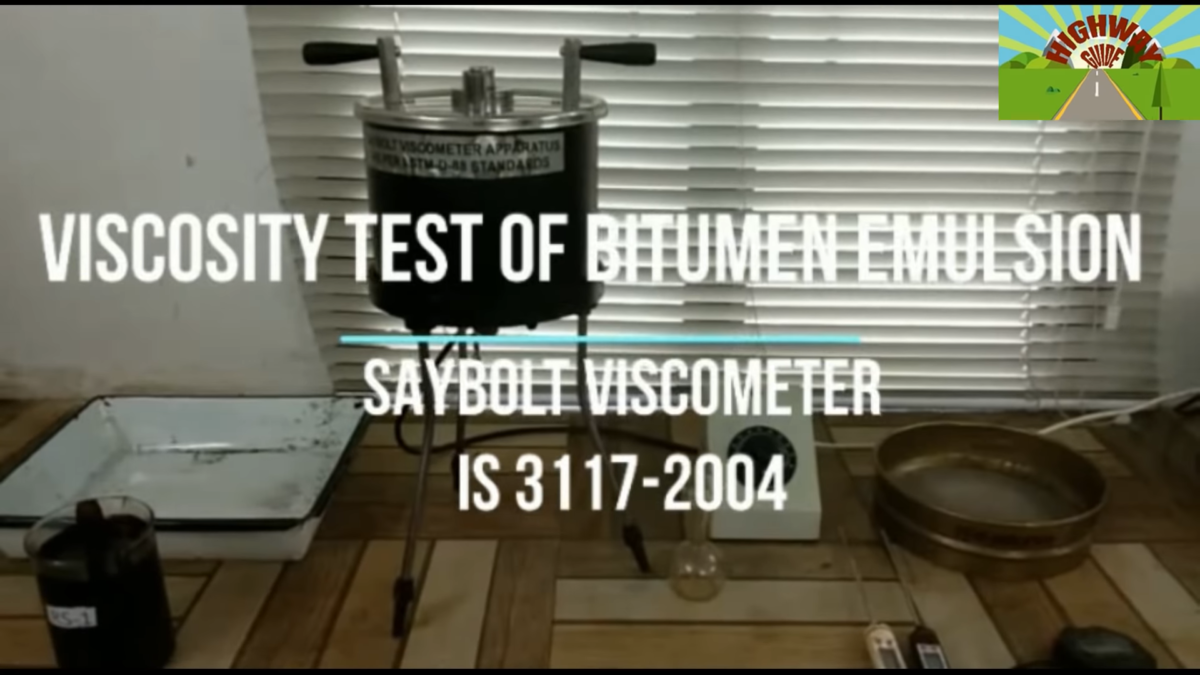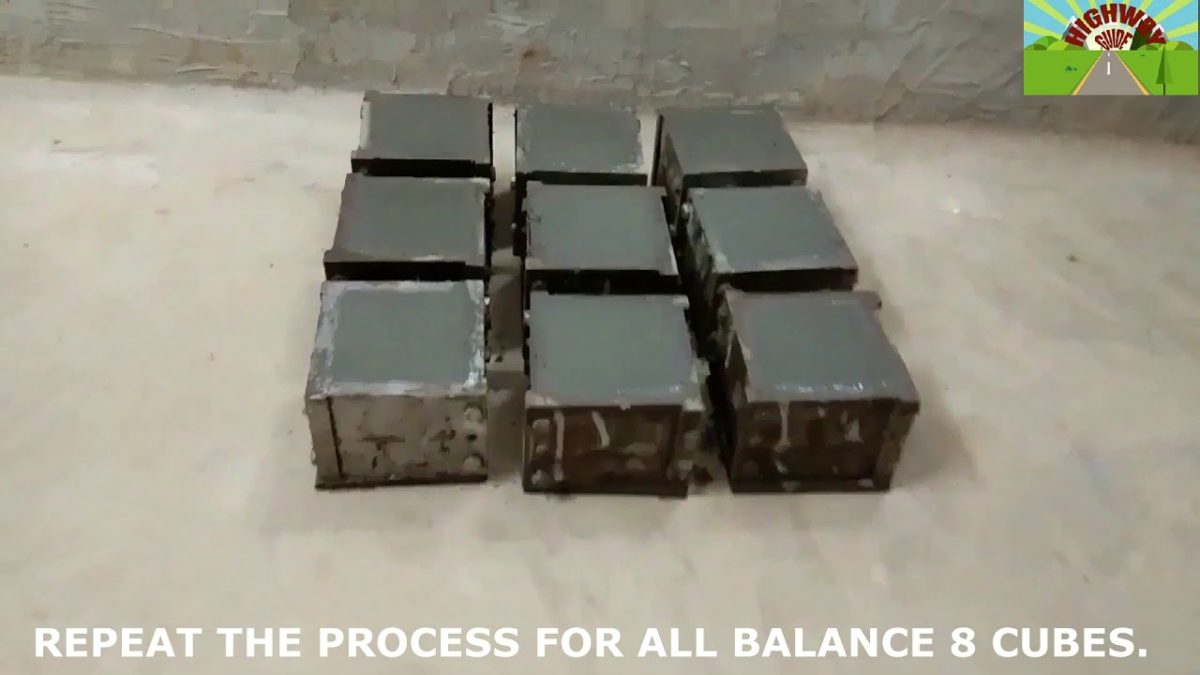In this competitive market , facing interview is very difficult , if you’re trying to find employment that is expounded to Quality Control Engineer in highway project & you wish to organize for the 2020 highway project Quality Control Interview queries. it’s true that each interview is completely different as per the various job profiles. Here, we’ve got ready the necessary Quality Control Interview question and answers which is able to assist you get success in your interview.
In this article, we have a tendency to shall gift fifty two most vital and often asked Interview question in big and reputed organization like L&T , Afcons & Tata consultancy etc. These interview can be in the following trend:
- Q 1 . Tell me about yourself in brief ?
- Ans: “Hello, my name is XYZ. I am a professional with a degree/diploma in Civil Engg in 20xx . My qualifications include xyz years of experience in infrastructure project especially in Highway Project & deals with quality control aspect.
- I started my carrier with building project with XXX(Name of First company) as a Diploma / Degree Trainee Engineer and after that gone to YYY (Name of second company) as Quality Control Engineer ; after 2017 , I engaged in highway project and joined in ZZZ (Name of third company) & successfully completed one/two National /State highway project.
- At present, I am responsible for Soil/Concrete/ GSB/Bituminous work & assisting my boss to doing concrete /GSB /CTB /Bituminous mix design.
Q 2. What is the name of your Material Engineer?
Ans : The name of my material Engineer is Mr xyz
Q 3. What is the minimum CBR of subgrade soil ?
Ans : As per IRC 58-2015 Clause 5.7.3.6 , a minimum CBR of 8 % is recommended for 500 mm of selected soil used as subgrade.
Q 4.What is code reference from which you are performing CBR test with 3 energy level as per MORTH 5 revision ?
Ans : AASHTO Designation: T 193-99 -2003
Q 5. What is the limit of Air Voids , flow & VFB in Dense Bituminous Macadam mix design ?
Ans : The limit of Air voids , flow & VFB is 3 -5% , 2- 4 mm & 65-75% simultaneously.
Q 6.How much staff is working under you , draw the organization chart & show your position ?
Ans : Total xyz staff is working under me is xyz , draw a diagram on your own & make practice.
Q 7.What should be the minimum required density of Subgrade soil as per MORT&H 5th revision ?
Ans : 17.5 KN/m³ or 1.78 gm /cc
Q 8 What is the softening point of VG 30 & VG40 grade bitumen ?
Ans : The softening point of VG30/VG 40 grade bitumen is 47 ºC / 50ºC
Q 9. What will be the maximum allowable size of granular material for subgrade soil as per MORT&H specification ?
Ans : Allowable size of granular material in subgrade is 50 mm
Q 10. What is the maximum Liquid Limit & Plasticity Index allowed in earth work in embankment/subgrade soil ?
Ans :Clay should have Liquid Limit less than 50 % & PI should always be less than 25 %.
Q 11. What is the frequency of taking core for BM/DBM/BC for checking of compaction & thickness of laid layer as per MORT&H 5th revision ?
Ans : One core at 700 m²
Q 12.What is the maximum Aggregate Impact Value of aggregate allowed for Bituminous concrete(BC) work in flexible pavement ?
Ans : AIV should not be more than 24%.
Q 13. What is the minimum cement content & maximum W/C ratio for M 25 RCC concrete for moderate condition as per MORT&H 5TH Revision ?
Ans : Minimum Cement Content 340 Kg & Maximum W/C ratio is 0.45
Q 14. What is the density frequency of compacted layer in Embankment & subgrade/Shoulder ?
Ans : 1 set of 10 test for 3000 m² of Embankment / 1 set of10 test for 2000 m² of Subgrade/Shoulder.
Q 15. What is difference between Specific Gravity & Density ?
Ans :Bulk density is the ratio between soil weight to the total volume of the soil but Specific Gravity (G) is the ratio of the weight in air of a given volume of soil solids at a stated temperature to the weight in air of an equal volume of distilled water at that temperature . Specific gravity has no unit and it is generally used in design of concrete/bituminous mix.
Q 16. What is the maximum Aggregate Impact Value of aggregate for concrete work ?
Ans : 45%
Q 17 .What is the rate of spray of Prime Coat over WMM ?
Ans : 0.7 -1.0 kg/m²
Q 18.Which IS code specified the specification of aggregates ?
Ans : IS 383-2016
Q 19. How much Kinetic Viscosity of VG 40 bitumen is ?
Ans : The Kinematic Viscosity of VG 40 grade bitumen is 400 cst minimum at 135 º C.
Q 20. What is the dry density of WMM & GSB material in your project ?
Ans : The density of WMM/GSB in our project is 2.23 /2.24 gm/cc
Q 21.What is the minimum cement content & maximum W/C ratio for Pile concrete as per IRC 78 -2014 Cl 709.1.9 ?
Ans : Minimum amount of cement content 400 kg/m³ & maximum W/C ratio is 0.40
Q 22.What will be the minimum cement content as per IRC SP 49 2014 for DLC mix design ?
Ans : 140 kg / m³
Q 23 .How many samples you take for 900 m² of DLC laying ?
Ans : 3 samples (9 Cubes)
Q2 4. What is the Nominal size of aggregate for grade 1 Bituminous Concrete?
Ans : 19 mm
Q 25.What is the maximum limit of FI+EI for Dense Bituminous Macadam as per MORT& H 5th revision ?
Ans: Maximum FI+EI limit is 35%
Q 26.What is setting time RS1 & SS1 Emulsion?
Ans: 15 to 30 minutes for RS1 & 24 hours for SS1
Q 27. How many cube mould required for 110 m³ concrete ?
Ans: 4 +1+1=6 samples means 18 cubes as IS 456-2000
Q 28. As per MORT&H 5th revision how many grades of GSB are there?
Ans : Six grades are there.
Q 29. From which IS code concrete mix design is being done ?
Ans: IS 10262 -2009 now the latest revision introduced IS 10262-2019
Q 30. On what temperature Kinetic Viscosity test of any bitumen is being done ?
Ans = At 135 º C
Q 31. What is minimum bitumen content as per MORT&H 5th revision in DBM & BC for grade 1 mix ?
Ans : DBM 4.0 % & BC 5.2 % Minimum for the aggregate having specific gravity below 2.7.
Q 32. What is Compaction parameter of Bituminous Concrete ?
Ans : Relative density minimum 92% of Gmm of that day
Q 33. How much water can reduce the Superplasticizer ?
Ans : Practically more than 30 %
Q 34 What is the relation between Air Voids & Density ?
Ans : Air voids is inversely proportional to Density i.e If Air Voids are increasing density will be decreasing & reverse versa
Q 35.In tack coat which type of emulsion is used?
Ans : RS1
Q 36. What is the minimum rolling & laying temperature for VG grade 30 DBM/BC mix ?
Ans : Minimum laying temperature for laying is 140 º C & minimum rolling temperature is 90 º C.
Q 37.In prime coat what type emulsion is used as per MORT&H 5th revision in Indian condition ?
Ans : SS1
Q 38. What is the minimum sand equivalent value of crusher dust if to be used in Bituminous work ?
Ans : 50 %
Q 39.What does mean by VG 40 Bitumen ?
Ans : . Kinematic viscosity at 135º C, is 400 cSt, min.
Q 36. What is the minimum rolling & laying temperature for VG grade 30 DBM/BC mix ?
Ans : Minimum laying temperature for laying is 140 º C & minimum rolling temperature is 90ºC.
Q 37.In prime coat what type emulsion is used as per MORT&H 5th revision in India ?
Ans : SS1
Q 38. What is the minimum sand equivalent value of crusher dust if to be used in Bituminous work ?
Ans : 50 %
Q 39.What does mean by VG 40 Bitumen ?
Ans : Kinematic viscosity at 135 º C, is 400 cSt, min
Q 45.Can you tell the name of IRC SP guide line for Quality System for road construction highway & Road bridge ?
Ans: IRC SP 57 – 2000 but now latest revision with change the name also is IRC SP 112 -2017 & IRC SP 47-1998 for Road Bridge
Q 46. Which apparatus is used for softening point ?
Ans : Ring & ball apparatus
Q 47. What is the Rate of spread of Prime coat/Tack Coat ?
Ans: Three test per day
Q 48.Why you want to leave your present company?
1.I’d really love to be part of your project from beginning to end, and I know I’d have that opportunity here.
2. In my current role, I’ve learned many new skills. I’m looking for a position in which I can continue to grow that skill set in new circumstances.”.
3. I’ve learned a lot in my current role, but I’m looking for an opportunity that provides more challenges as I continue developing my skills and abilities.”
Q 49.Tell me your 5 strong point?
Ans: 1.Flexibility to handle any situation
2. Good Communication
3.Work under pressure
4.Dedication
5.Honesty
Q 50.Tell me your achievement in your carrier?
1.Re-organized something to make it work better
2.Identified a problem and solved it
3.Developed or implemented new procedures or systems
4.5.Worked on special projects
Received awards/Certificate
Q 51.What is your salary expectation?
Ans: This is your most important negotiation. Never lie about what you currently make, but feel free to include the estimated cost of all your fringes, which could well tack on 25 -30% more to your present “cash-only” salary.
Q 52.How much time you required to join ?
Ans: Always says one month but handle this situation very calmly. if you are ideal & have no job , can say within 7 days.



